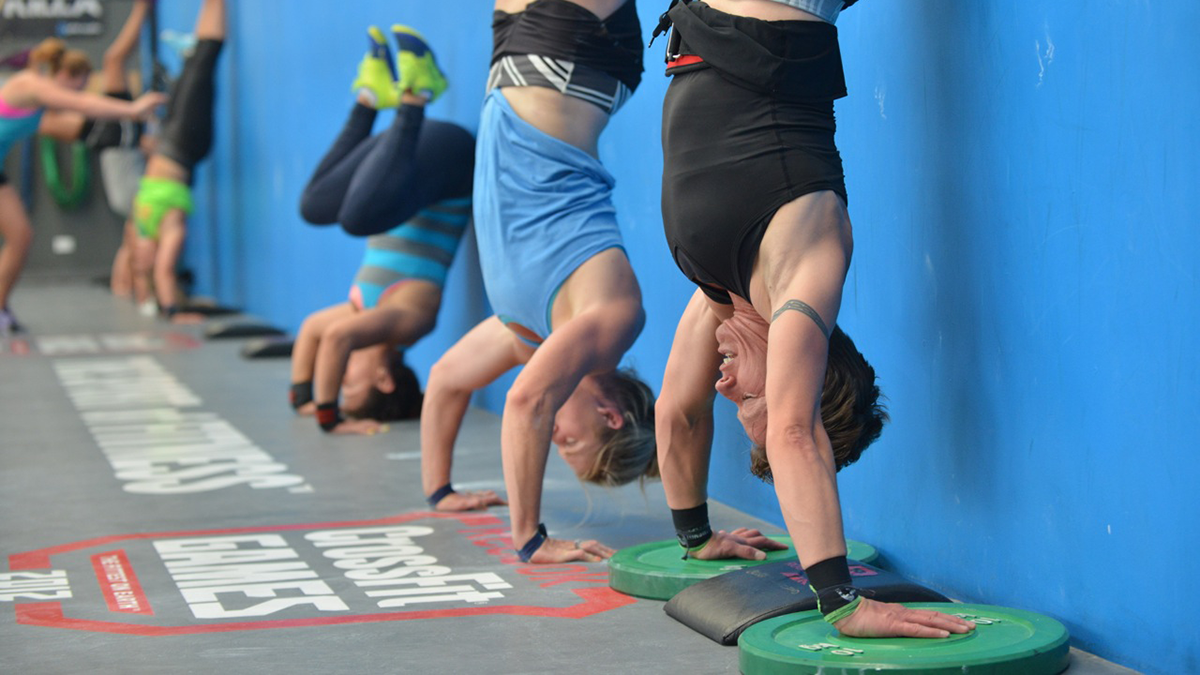Why Shoulder Stability is Important
Part of maintaining a healthy, active lifestyle is a focus on injury prevention. Injury prevention is especially important for competitive CrossFit athletes who push themselves to the highest levels of peak performance.
Airrosti’s Nick Askey, DC, helps keep numerous CrossFit athletes performing at their best and understands that stability, especially shoulder stability, is essential for injury prevention. Read his advice for how CrossFitters can work on their shoulder stability while hitting their PRs.
While most CrossFit athletes and coaches understand the importance of mobility, education about joint stability remains scarce.
Most of the shoulder’s stability comes from four small muscles collectively referred to as the rotator cuff. Only a small portion of the shoulder’s stability comes from its ligamentous capsule. If an athlete is relying solely on mobility work and neglecting to improve their shoulder stability, they could be setting themselves up for injury by weakening and creating slack in the rotator cuff.
Why Shoulder Stability is Important
The muscles and tendons of the rotator cuff work together to compress and stabilize the glenohumeral ball-and-socket joint of the shoulder. Lack of stability can lead to a laundry list of problems like:
shoulder pain with overhead movements
pain at end ranges of motion, like ring dips and snatches
overactive pecs, lats, delts, and upper trap muscles
elbow, wrist, neck, and thoracic pain
The bulk of functional movement strength is generated by the large muscles that cross the shoulder: the pecs, lats, delts, and traps. The rotator cuff doesn’t generate much force, but it refines and directs the generated forces produced by the large muscles to facilitate pain-free movement.
Using the analogy of a car can help to understand how our big muscles and small muscles work together: big muscles work to accelerate the car; small muscles work to steer the car. Larger muscles can move weight more efficiently when the shoulder is stable. If these muscles act on an unstable shoulder with a weak rotator cuff, especially at high volumes typically performed in a CrossFit gym, they are more likely to lose control of the movement and sustain an injury.
How to Work on Your Shoulder Stability
Exercises to stabilize and strengthen the rotator cuff are not as fun as a handstand pushup or a 200-pound snatch. You don’t need any chalk and tape on your hands to do them, but they will help you progress in your fitness journey without injuring yourself.
Taking a few minutes in the gym during your warm-up to do some of these shoulder stability exercises will be a valuable investment of your time.


